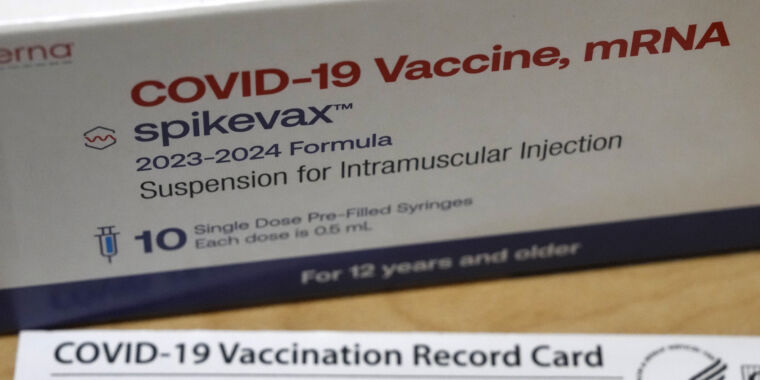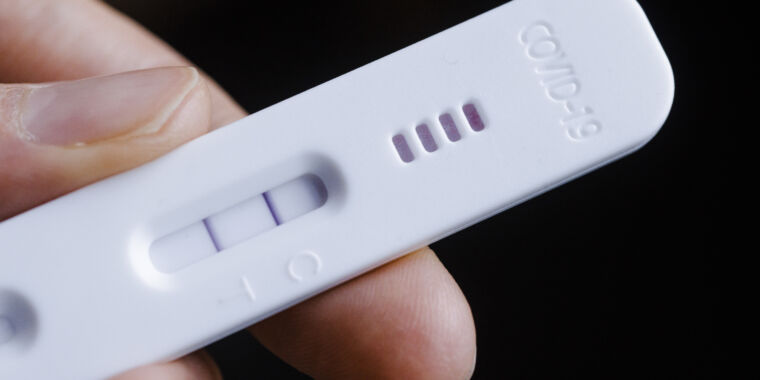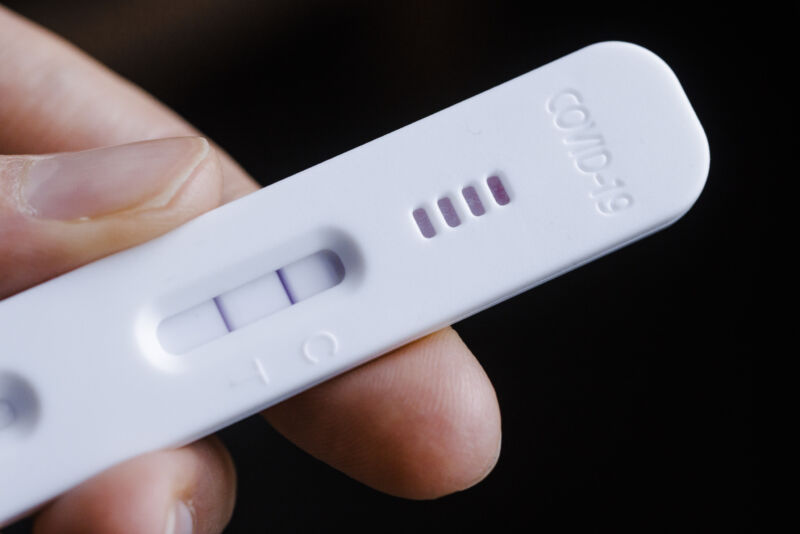RFK Jr. says COVID shots still available to all as cancer patients denied access
Here are some key moments from today’s hearing:
Untrustworthy
With the fallout ongoing from the abrupt ouster of CDC Director Susan Monarez last week, many senators focused on what led to her downfall. In a Wall Street Journal op-ed published two hours before the hearing, Monarez confirmed media reports that she had been fired by Kennedy for refusing to rubber-stamp changes to CDC vaccine guidance based on recommendations from Kennedy’s hand-selected advisors.
“I was told to preapprove the recommendations of a vaccine advisory panel newly filled with people who have publicly expressed antivaccine rhetoric,” Monarez wrote in the op-ed. She said she refused, insisting that the panel’s recommendations be “rigorously and scientifically reviewed before being accepted or rejected.”
In today’s hearing, Senators directly confronted Kennedy with that statement from the op-ed. Kennedy repeatedly said that she is lying and that he never directed her to preapprove vaccine recommendations. Instead, he claims, he told her to resign after he asked her directly if she was a trustworthy person, and she replied, ‘No.”
After several exchanges about this with other senators, Bernie Sanders (I-Vt.) picked it apart further, saying:
“Are you telling us that the former head of CDC went to you, you asked her, ‘Are you a trustworthy person?’ And she said, ‘No, I am not a trustworthy person,'” Sanders asked.
“She didn’t say ‘No, I’m not a trustworthy person,'” Kennedy replied. “She said, ‘No.’ I’m giving a quote.”
After that, Sen. Thom Tillis (R-NC), who seemed skeptical of Kennedy’s arguments generally, pointed out the absurdity of the claim, quoting Kennedy’s previous praise of Monarez. “I don’t see how you go—over four weeks—from a public health expert with ‘unimpeachable scientific credentials,’ a longtime champion of MAHA values, caring and compassionate and brilliant microbiologists, and four weeks later fire her,” Tillis said. “As somebody who advised executives on hiring strategies, number one, I would suggest in the interview you ask ’em if they’re truthful rather than four weeks after we took the time of the US Senate to confirm the person.”
RFK Jr. says COVID shots still available to all as cancer patients denied access Read More »




